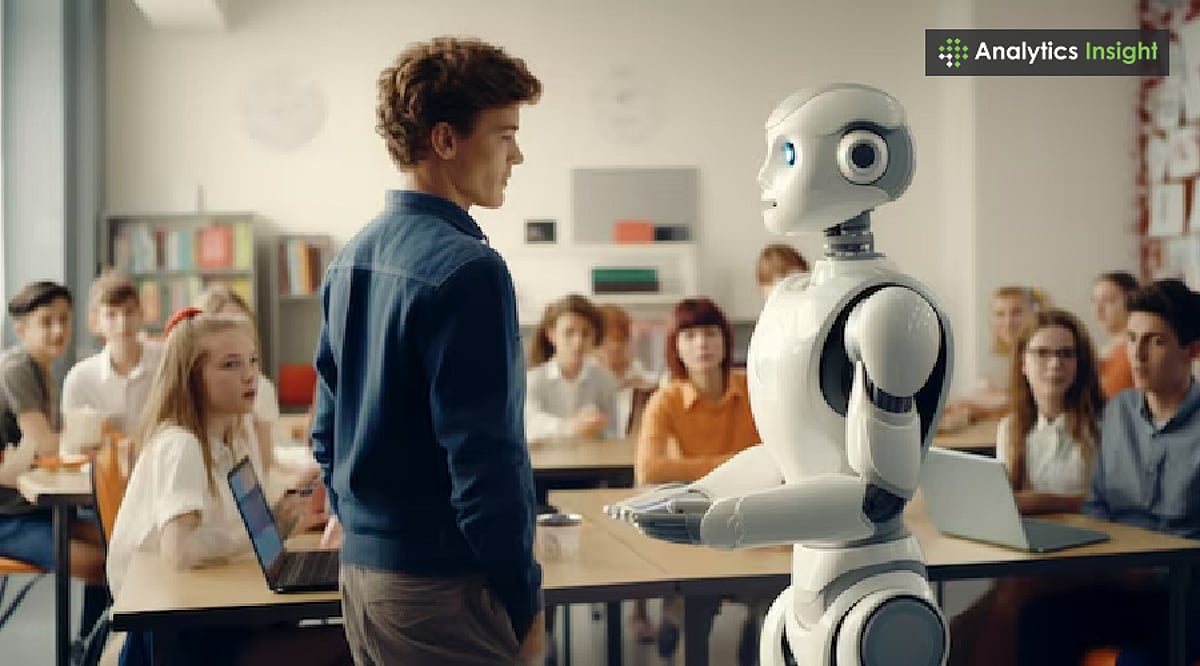How Robotics is Transforming Learning
Author: Analytics And Insight

In recent years, robotics has emerged as a transformative force in education, reshaping the way teaching and learning occur. Schools and educational institutions are increasingly integrating robotics into their curricula, providing students with opportunities to engage with technology in hands-on environments. This article delves into the ways robotics are enhancing learning outcomes, stimulating student interest, and preparing the next generation for a technology-driven future.
Robotics in education goes beyond just building robots; it allows students to develop critical thinking, problem-solving, and programming skills. By engaging with robotics, students learn to work collaboratively in teams, fostering social interactions and enhancing their communication skills. Moreover, robotics projects teach students how to approach complex problems methodically, developing a mindset that values creativity alongside technical expertise.

Illustration of how robotics enhances education.
The benefits of robotics in education are manifold. They include increased engagement among students and richer learning experiences. Robotics fosters a more interactive classroom environment where students can visualize concepts in real time. For instance, robotics can be used in subjects like mathematics and science, allowing students to physically manipulate variables and observe the outcomes, which deepens understanding and retention.
Moreover, robotics can accommodate diverse learning styles. Students who struggle with traditional educational methods often find success in hands-on learning experiences. Robotics provides visual and kinesthetic learners with a tangible way to engage with their education. Teachers are empowered to customize their instruction using robotics tools that can assist students at different proficiency levels.
As schools continue to adopt smart learning technologies, the role of teachers is also evolving. Educators become facilitators of learning rather than mere providers of knowledge. With robotics, teachers can guide students in conducting experiments, running simulations, and engaging in projects that promote inquiry and exploration. This shift not only enhances student agency in learning but also alters the classroom dynamics significantly.
Looking forward, the future of robotics in education promises even more innovations. As technology advances, so too will the capabilities of educational robotics. For example, artificial intelligence and machine learning can be integrated into robotic systems, providing personalized learning experiences tailored to individual student needs. In addition, robotics can play a role in developing soft skills like teamwork and adaptability, which are increasingly important in today's job market.
In conclusion, the integration of robotics into the educational landscape is fostering a revolution in teaching and learning. Schools that embrace this change position their students to thrive in a world dominated by technology. As robotics continue to evolve, so will the opportunities for educators and students alike to engage meaningfully with their education.